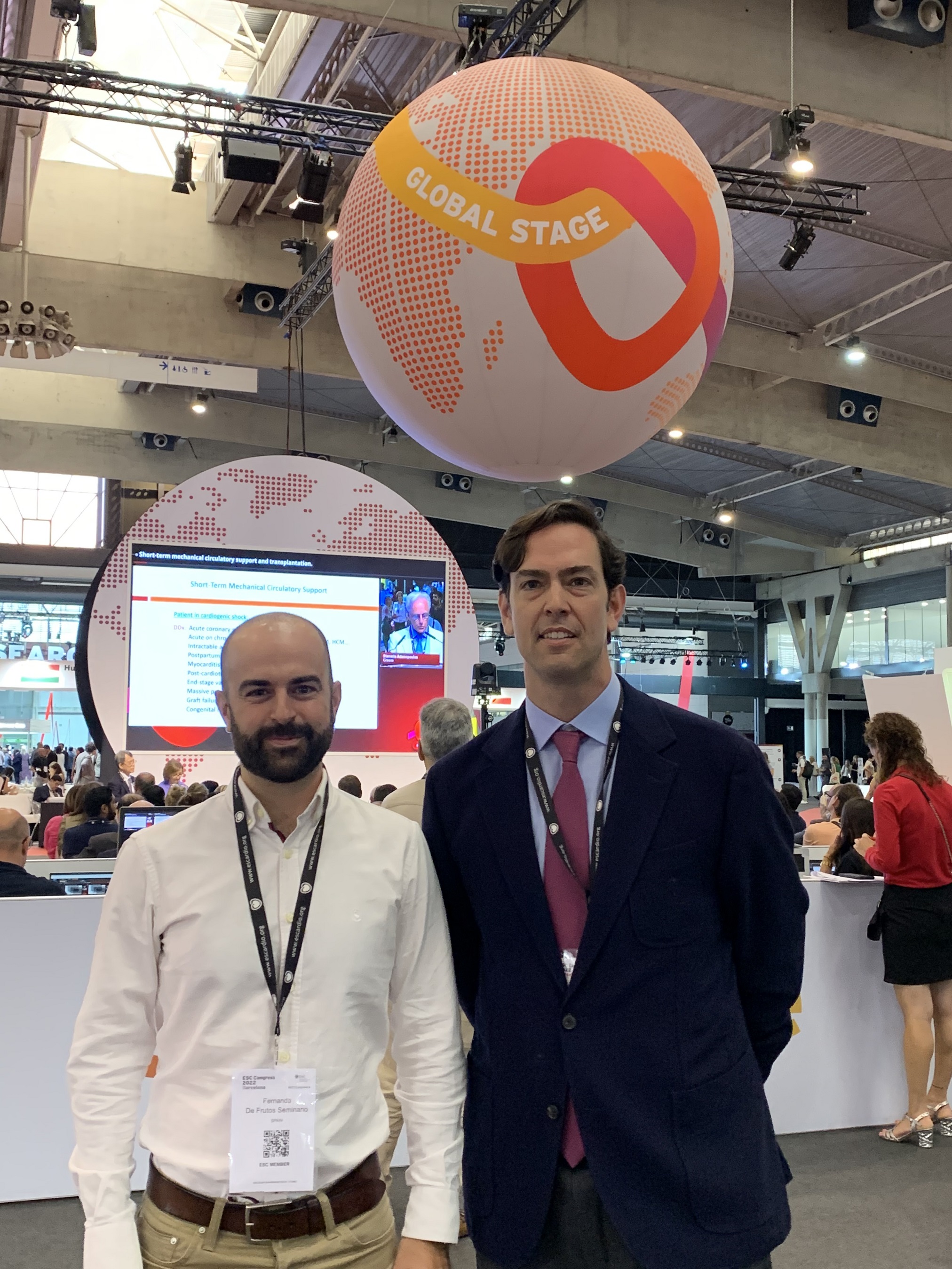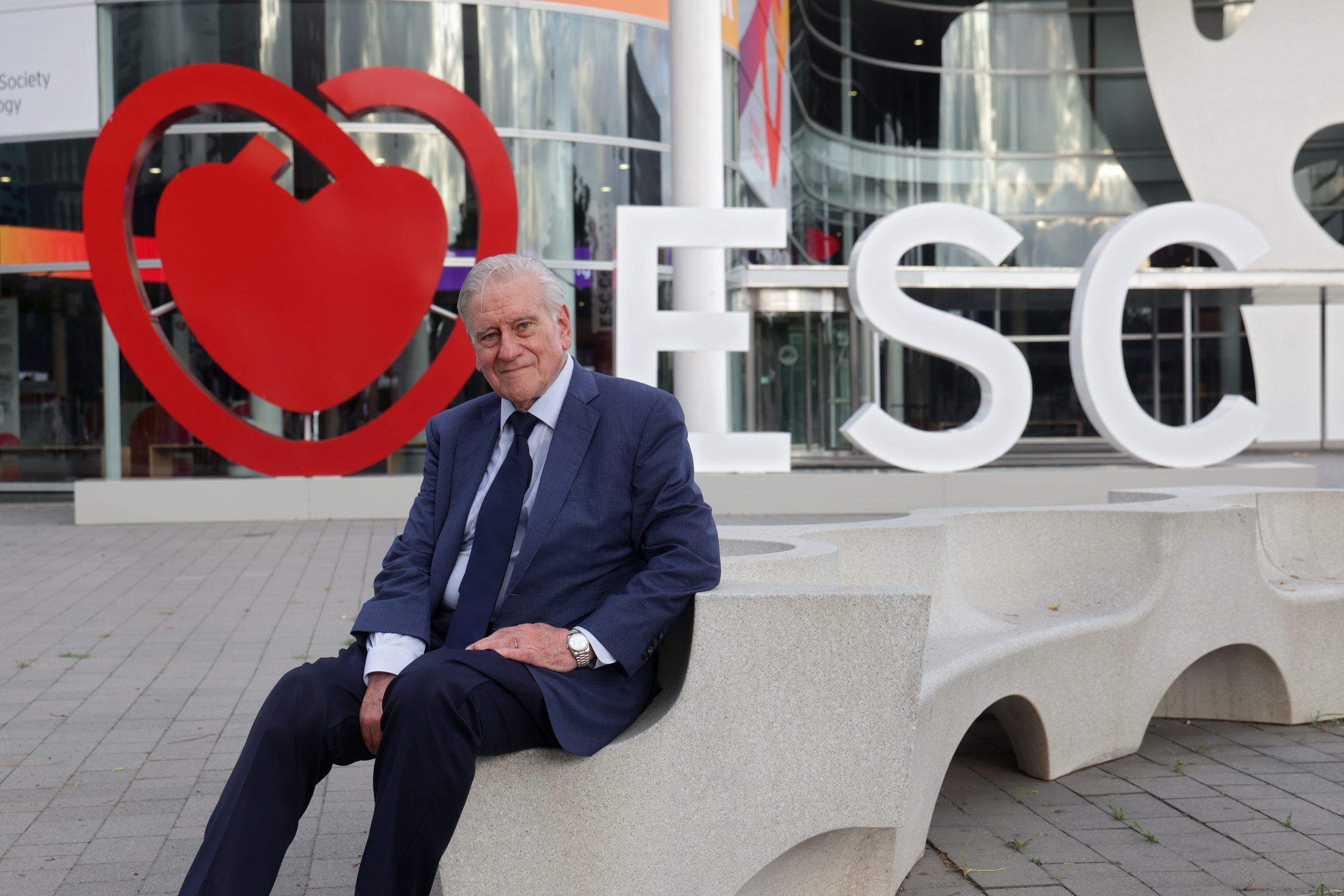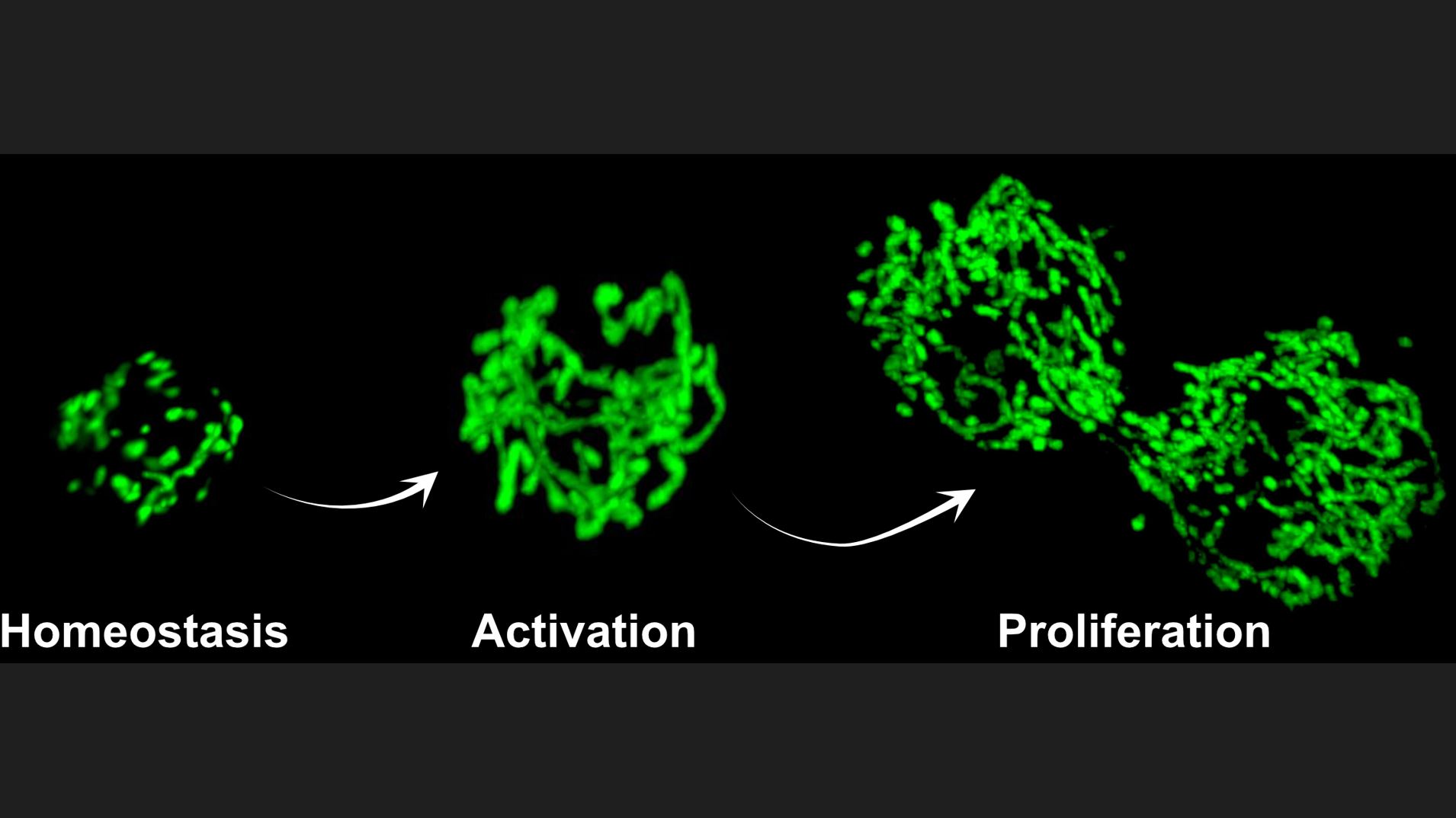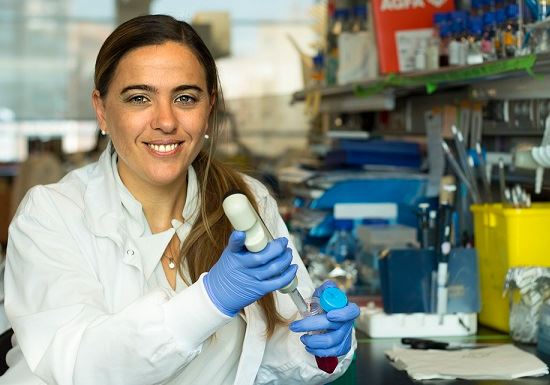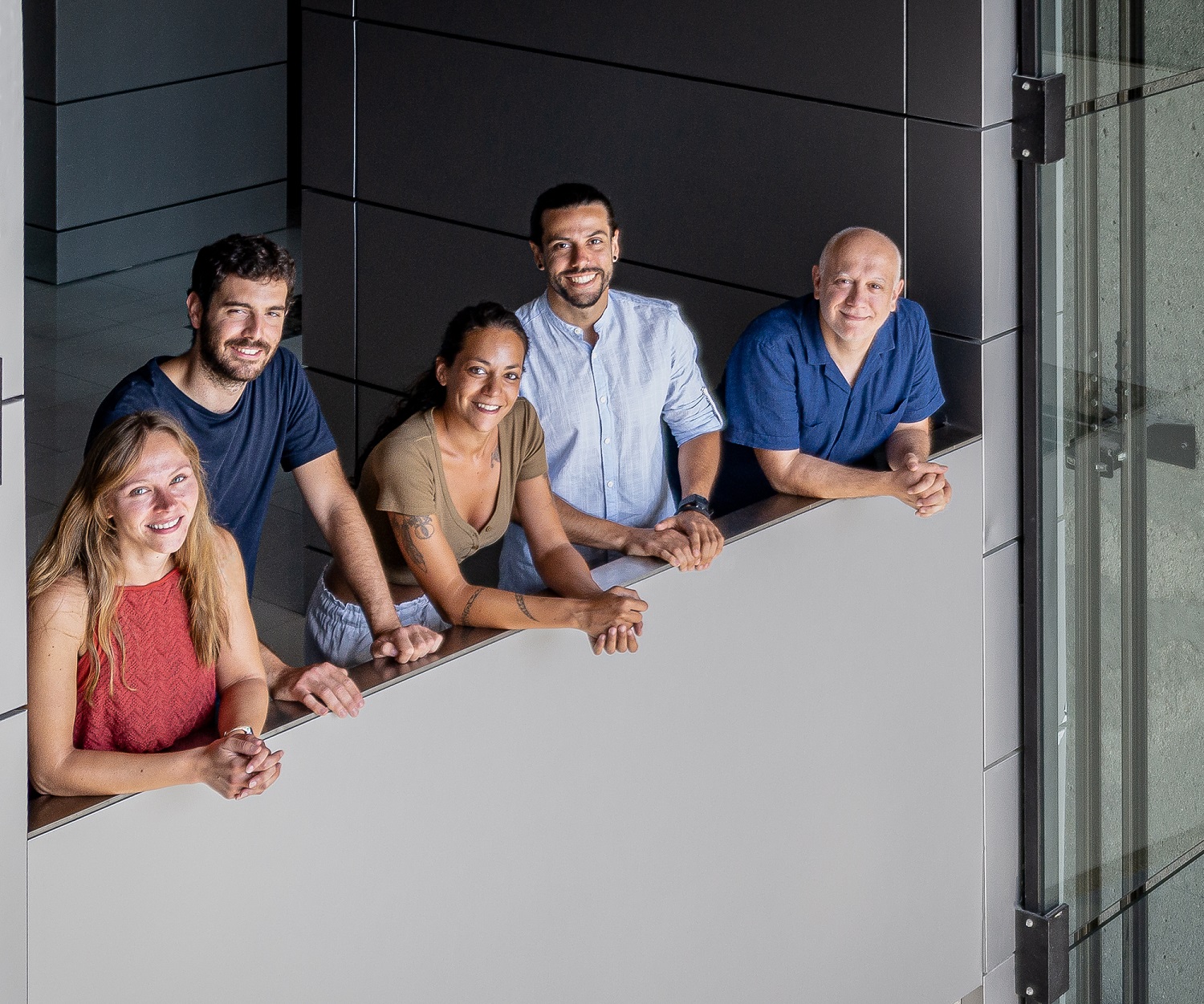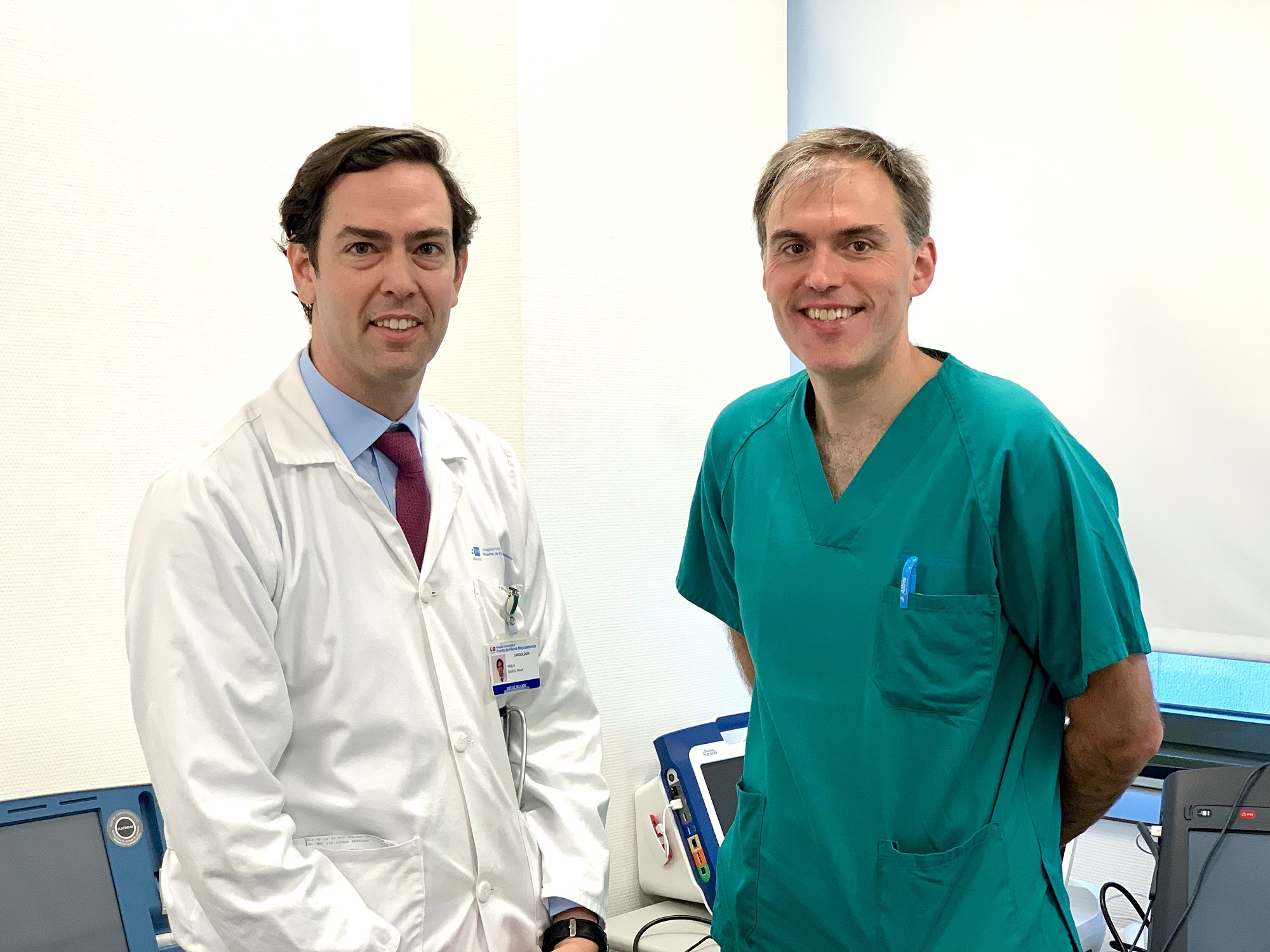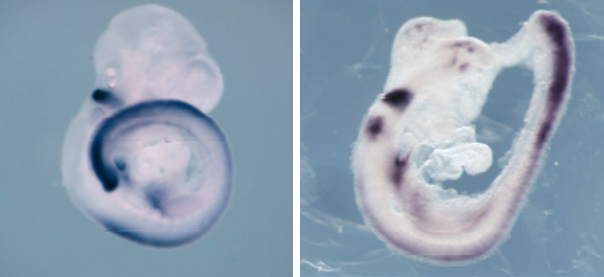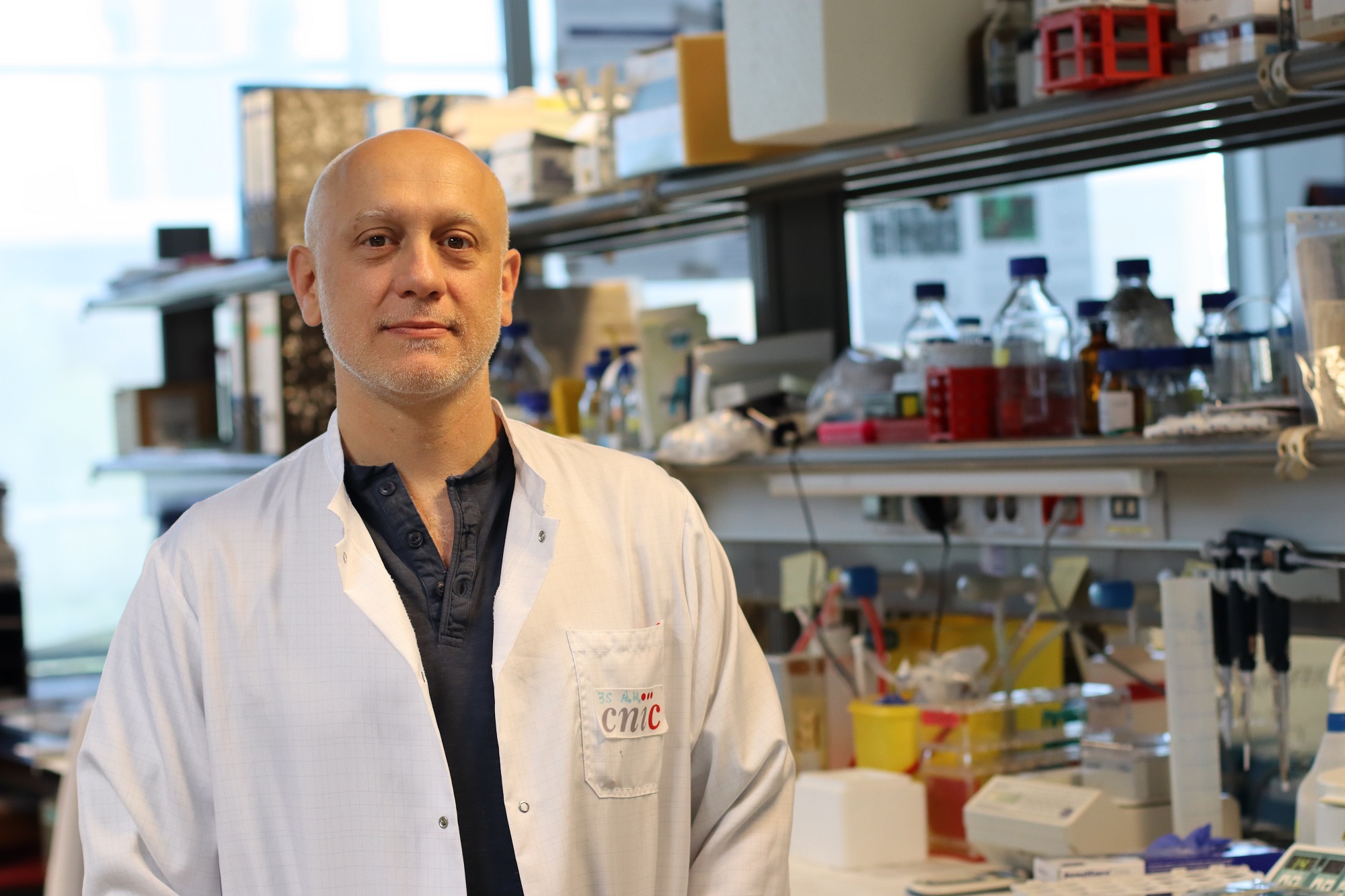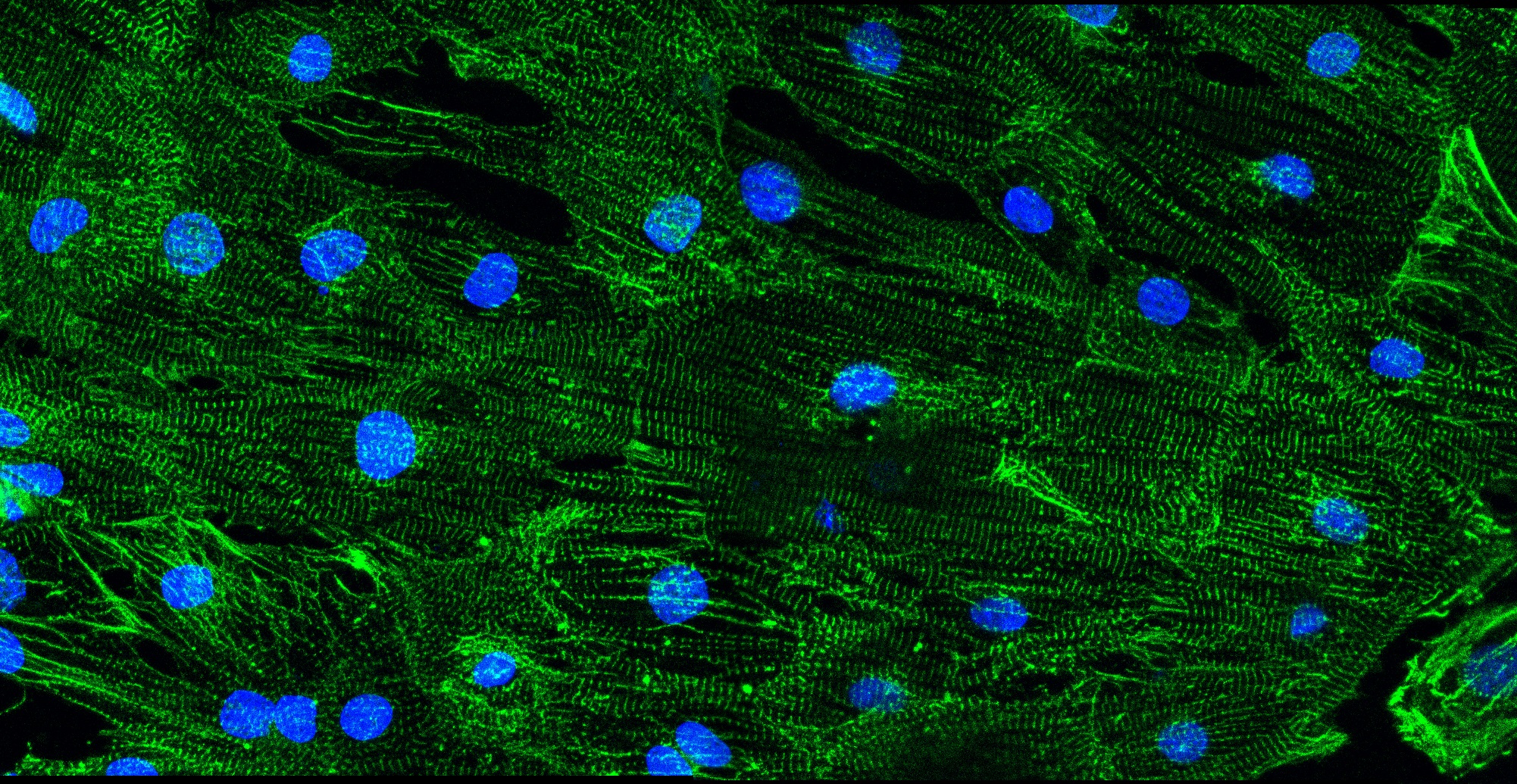News search
|
Research 29 Aug 2022 The findings, published in the Journal of the American College of Cardiology (JACC), represent a first step towards the personalized treatment of patients with this disease |
|
Research 26 Aug 2022 The results of the SECURE trial, coordinated by CNIC were presented in a Hot Line session at the European Society of Cardiology meeting (ESC 2022) in Barcelona and published at the NEJM |
|
About the CNIC 23 Aug 2022 The finding provides a basis for mitigating the loss of muscle regenerative capacity in elderly people |
|
Research 9 Aug 2022 A new study published in eLife shows that inhibition of p38γ/δ is a potential therapeutic strategy for the treatment of hypertrophic cardiomyopathy, but that this strategy has yet to be explored because of the lack of specific inhibitors for these p38 family members |
|
About the CNIC 22 Jul 2022 Andrés Hidalgo obtains the 18th Annual Health Sciences Awardf from the Caja Rural Granada Foundation |
|
Research 22 Jul 2022 Genetic screening combined with the detection of fibrosis identifies patients at risk of malignant arrhythmias or developing heart failure with severe complications |
|
About the CNIC 6 Jul 2022 Through this lifelong honour, new EMBO Members and Associate Members are recognized for their outstanding achievements in the life sciences |
|
Research 29 Jun 2022 Investigadores del CNIC revelan por primera los mecanismos moleculares que subyacen a las arritmias que ocurren en pacientes que padecen “Distrofia Muscular de Duchenne” |
- ‹ previous
- 8 of 27
- next ›
